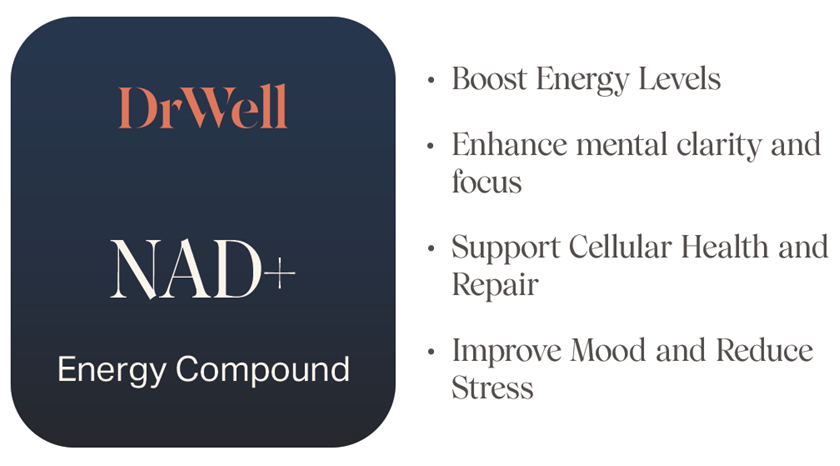 There is a way to know who is on your website and it isn’t illegal! Since the goal of a business website is to educate and then ultimately generate leads, it would be helpful to know who is visiting and revisiting your website. This could give your business further insight as to the consumer’s (or patient’s) interests and level of interest.
There is a way to know who is on your website and it isn’t illegal! Since the goal of a business website is to educate and then ultimately generate leads, it would be helpful to know who is visiting and revisiting your website. This could give your business further insight as to the consumer’s (or patient’s) interests and level of interest.
Knowing who is on your website
The technology already exists. For example, if someone visits your website, the internet already knows what IP (internet protocol) address they’re visiting from. This address is simply a number that is applied to whatever device they’re on. It’s how Google Analytics keeps track of visits to your website, the bounce rate (how quickly those people leave your website), which pages they visit and even recognizes when that same IP address visits your website again. It’s the same way the internet knows how to show you an ad for a hotel right after you were searching online for a hotel for an upcoming vacation.
If you have any knowledge of web traffic analytics or Google Analytics you’ll find this information to be familiar. Nothing new. Using those tracking capabilities to take things to the next level is where it gets creepy but cool (and still legal)! If that person visiting your website interacts with your website via a call-to-action button, say, they fill out your Contact Submission form, or submit a wishlist to check pricing like they can on my website, then you can connect that IP address with their contact information.
That means that if they revisit your website but don’t enter their contact information again, you can still know who they are while they’re visiting and perusing your webpages. To reiterate, this technology already exists and there’s nothing illegal about it. You’re simply connecting their IP address (publicly available information) with their contact information, which they voluntarily provided to your site. Now if you sell that data, that’s another story and not the point here.
Getting the consumer’s contact info
However, the point is, how do you get the consumer to interact with your website in such a way that you capture every visitor’s contact info when they visit? Because if all you have is a lot of traffic, the only thing you may have to show for it is a bunch of IP addresses. You can’t reach out or follow up with an IP address alone. But if you give the visitor a compelling reason to leave their contact information, you receive three benefits:
1) the ability to reach out to them via email or phone
2) add them to your email marketing database for future re-marketing
3) associate their information with their IP address so you know when they return in real-time (even if they don’t submit their contact info again)
Tracking visitor interest in real-time
 As you can see in this screenshot from the backend dashboard of my WordPress website, it’s possible to see who is on my website and what procedures they’re considering (even without entering their information again). For example, the yellow avatar represents a consumer who hasn’t entered their contact info during this visit. But we can still see who they are (and what procedure they’re considering) because they previously visited my website. Same procedure as before? New procedure? It’s useful information to know their thought process in real-time. Additionally, we can see collectively what all visitors are most interested in via the “trending” header at the top of the screenshot.
As you can see in this screenshot from the backend dashboard of my WordPress website, it’s possible to see who is on my website and what procedures they’re considering (even without entering their information again). For example, the yellow avatar represents a consumer who hasn’t entered their contact info during this visit. But we can still see who they are (and what procedure they’re considering) because they previously visited my website. Same procedure as before? New procedure? It’s useful information to know their thought process in real-time. Additionally, we can see collectively what all visitors are most interested in via the “trending” header at the top of the screenshot.
Sure, knowing who is on your website in real time may seem creepy, but it’s also cool that you can legally know what your visitors are considering so you can provide them with a better customer services experience. Think about your last experience at a Four Seasons or other high-end hotel. You were really impressed when the staff knew your name or knew your preference for lemon water. That only happened because, you gave them that information, they added it to your computerized in-house profile, and then utilized it the next time they interacted with you. At first, maybe you were taken aback at how much they knew or remembered about you. But it was also really cool not having to reintroduce yourself or repeat your preferences.
By identifying who is on your website in real time, you now have the same customer service opportunity. But only if you bring visitors into your pipeline by capturing their contact information early on. Anonymous “clicks” and traffic counts just won’t do it. Utilize tantalizing calls-to-action to get their name, email address and phone number!



